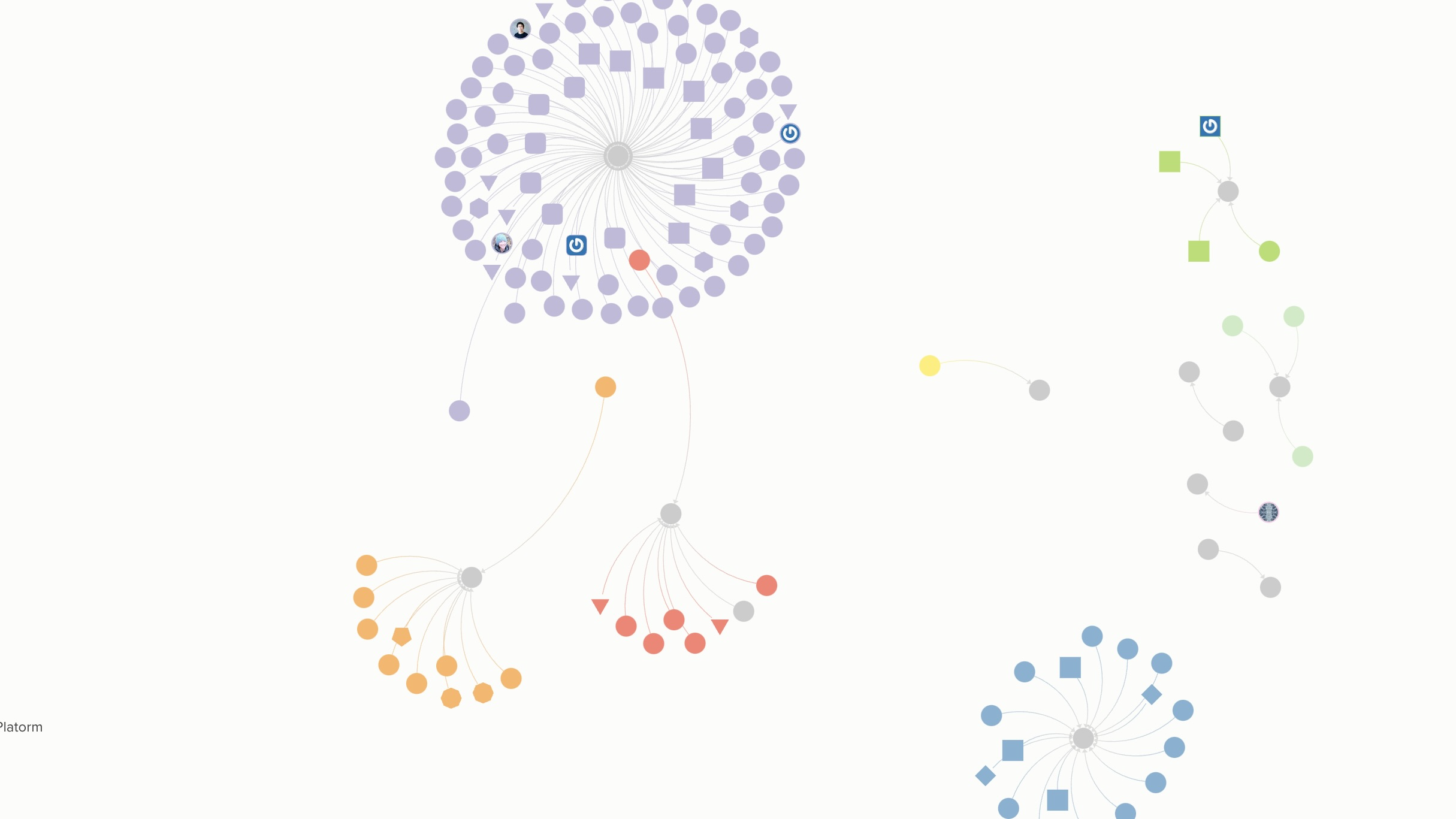
In collaboration with other researchers in Worlding Higher Education Differently, Trish Osler’s work focuses on a post-pandemic response to education through cutting-edge and diverse pedagogies. This includes a heightened awareness of transnational, translanguaging, and transmedia approaches to creative cognition and learning strategies. The project’s aim is to reduce structural learning barriers in transdisciplinary (technology, art, science) collaborative initiatives, developing multimodal spaces of exchange where pedagogies are examined through a translanguaging lens.
The transformative possibilities for process-based dispositions that positively affect creativity in education are shifting. Innovative pedagogies within art-sci/sci-art reveal critical transdisciplinary areas of study essential for higher education and beyond. The focus is on vital 21st-century skills required by next-generation learners to integrate and mobilize understandings of how each domain contributes to an authentic transdisciplinary model. This approach considers sustainability and global citizenship education, asking: In what ways do art-science partnerships contribute to decolonizing discourses of creativity and learning?
Mapping Global Art-Sci/Sci-Art Practices begins with a meta-analysis of current art-sci/sci-art practices, focusing on mobilizing knowledge across sites and domains. Trish aims to reveal emergent pedagogies applicable to arts education, moving toward new pedagogical models and curricular modes needed for productive futures in higher education.
By surveying and mapping educational patterns and transdisciplinary dispositions, Trish’s research examines cultural influences on domain-specific epistemologies in art-sci/sci-art initiatives worldwide, particularly in developing regions. Core questions guiding this research include: 1) What do arts educators learn, apply, and contribute to current research into art-sci/sci-art initiatives? 2) Which pedagogies promote improved generative capacities across disciplinary boundaries? 3) How do participants perceive the efficacy of transdisciplinary pedagogies?
To see the interactive maps, please visit: